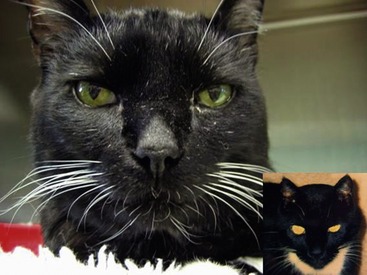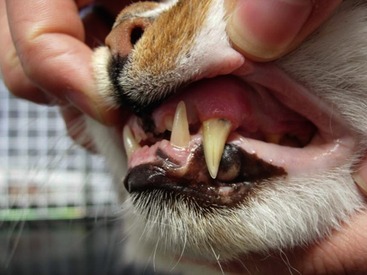acromegaly cats and dogs
This is true for acromegaly in other species as well except in the case of dogs. The pituitary gland secretes the growth hormone thanks to the stimulation of another precursor.

Acromegaly In Cats The Veterinary Nurse
Unlike most diabetic cats with poorly controlled blood glucose levels who lose weight cats with Acromegaly will often if not always gain weight.

. It has been recognised in dogs and cats but the aetiology of the disease in both species is completely different. Iatrogenic cause of increased GH levels Increased GH levels can be caused by endogenous hyperprogesteronism but also by. The prevalence amongst non-diabetic cats is currently unknown although these cats would be expected to become diabetic in the long-run.
The clinical features of feline acromegaly include large head and paws forward-jutting lower jaw weight gain and enlarged abdomen and organs such as the heart liver and kidneys. Acromegaly is also referred to as hypersomatotropism. It is more common in cats than dogs.
What is feline acromegaly. The hormone excess leads to development of insulin-resistant diabetes mellitus and enlargement of. The main characteristic findings in canine acromegaly are a visible increase in soft tissue mass prominent skin folds abdominal enlargement andor radiographic evidence of an increase in soft tissue mass in the orolingual oropharyngeal and orolaryngeal region.
Acromegaly results from chronic excessive secretion of growth hormonein the adult animal. Difficult to control Feline Diabetes requiring higher than usual doses of insulin and weight gain vs. Over 90 of feline sufferers are male.
WSU is also one of only a handful of veterinary hospitals in the country performing transsphenoidal hypophysectomy a surgery used in the treatment of pituitary tumors to treat Cushings disease in dogs and acromegaly excessive growth. The RVC team was the first in the UK to treat cats with acromegaly hypersomatotropism and is now also routinely performing hypophysectomy in dogs and the occasional cat with pituitary-dependent Cushings syndrome hyperadrenocorticism. Despite the fact that acromegaly is quite common in cats there is currently no simple test to prove that a cat has the disease.
Acromegalic dogs almost invariably show some degree of respiratory stridor. Feline acromegaly has its origin in an adeno-hypophyseal lesion or an adenoma responsible for deregulation in the production of GH the growth hormone. In cats it is due to GH-secreting tumors of the anterior pituitary.
Cardiomegaly and azotemia develop late in the disease. It is a far less common condition in dogs than in cats. The disease is therefore likely currently underdiagnosed.
Clinical signs of this syndrome are a result of the hormones direct catabolic breaking down and indirect anabolic building up effects. Acromegaly occurs in people dogs and cats. Affected cats can develop gradual changes in their appearance but because the disease develops over a long period of time owners may not notice any problems.
In cats the ratio is more like ten males to one female. Acromegaly is a relatively rare condition caused by excessive hormone production in the brain or in mammary gland breast tissue. Acromegaly is not a very common disease in cats but under certain circumstances veterinarians and owners need to be more aware of it than we currently are.
Cats and people usually have a pituitary tumor which is the cause of acromegaly. We offer a full range of orthopedic and soft tissue surgical procedures for dogs and cats. Acromegaly is a syndrome in cats caused by a tumor in the brain specifically the pituitary gland that secretes an excess of a hormone Growth Hormone GH.
Acromegaly is caused by excess secretion of growth hormone GH in adult animals. Growth hormone receptor antagonist therapy has not been reported in cats but in people response rates have been reported to be as high as 901 However it has been noted that these medications have no effect on tumor size do not result in tumor shrinkage and thus would not benefit patients with neurologic signs. Acromegaly may be suspected in a cat who is persistently hyperglycemic despite daily insulin injections especially if it is accompanied by other symptoms such as weight gain 1 along with ruling out other conditions which also cause uncontrolled diabetes is important hyperthyroidism hyperadrenocorticism.
He May Also Have a Rare Hormone Disorder. Growth of the extremities skull and muscles occur in some cats. In dogs acromegaly results after administration of progestational compounds for the suppression of oestrus in intact female dogs.
Acromegaly in Cats. RADIATION ONCOLOGY Does my cat have. Hypophysectomy for acromegaly in cats.
Source of GH GH can be produced by the pituitary gland but in dogs GH can also be produced in the mammary glands. It most commonly affects middle-aged and older male castrated cats. Signs related to diabetes mellitus are typically the first clinical signs noticed.
Our team also provides emergency surgery. Prevalence of acromegaly amongst diabetic cats in North America and the UK was found to be around 1 in 4 diabetic cats seen in primary practice. 6 rows As well as occurs in human beings acromegaly is an endocrine disorder characterized by bony and.
Acromegaly occurs when a functional non-cancerous benign tumor in the pituitary produces excessive amounts of growth hormone. Acromegaly is a condition that comes about when something affects your cats pituitary gland and causes it to secrete more growth hormones than are necessary. Acromegaly is most commonly seen in unsprayed females.
These effects can be divided into two major classes. Acromegaly in dogs is an endocrine disorder. The disorder triggers the pituitary gland to overproduce somatotropin a growth hormone GH.
The hormone excess leads to development of insulin-resistant diabetes mellitus and enlargement of tissues such as the liver heart and jaw. The condition is caused by a benign tumor within the pituitary gland that secretes excess amounts of growth hormone. In most cases of acromegaly in dogs excessive GH-secretion is induced by progesterone or other progestagens.
The usual weight loss seen in cats with uncontrolled blood glucose levels are signs that your cat may have Acromegaly and should be. Feline acromegaly is an uncommon disease although it is thought to be underdiagnosed. Similar to its etiology in people acromegaly in cats is the result of a functional adenoma of the pituitary gland that releases excessive growth hormone despite negative feedback.
Acromegaly in cats is a condition in cats caused by excessive growth hormone in the body which is usually secondary to a pituitary tumor explains Dr. The Saint Bernard breed is believed to be genetically predisposed to acromegaly. Acromegaly is a syndrome in cats caused by a tumor in the brain specifically the pituitary gland that secretes an excess of a hormone Growth Hormone GH.
Theres no sexual predisposition in humans. Feline acromegaly is a disease characterized by excessive growth hormone secretion leading to a wide array of clinical signs caused by the hormones effects on multiple organ systems. Your vet may start to suspect it if your cat is gaining weight despite the fact that their blood sugar is not under control or if your cat requires larger than average doses of insulin to stabilise.
In people it occurs in approximately two males to every female. This is most often caused by an abnormal growth or tumor in the pituitary gland and the hormones may vary somewhat. The catabolic actions of growth hormone include insulin antagonism and lipolysis.
Acromegaly in cats. Acromegaly is a rare syndrome resulting from the excessive production of the growth hormone somatotropin by tumors in the anterior pituitary gland of adult cats.

Feline Acromegaly An Uncommon Disease Vetcall Q Superstore Qld
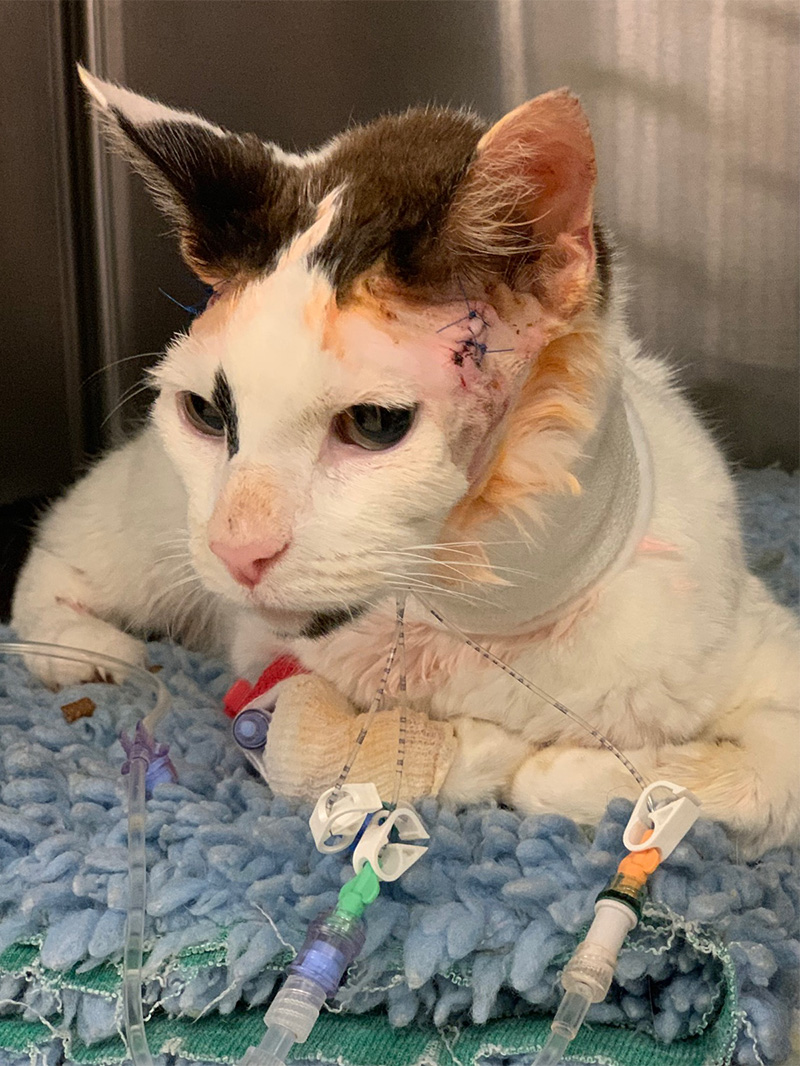
Pioneering Hypophysectomy Treatment Reaches 100 Case Milestone

A Male European Shorthair Cat At A 11 Years Of Age And At B 14 Download Scientific Diagram

Pdf Acromegaly In A Non Diabetic Cat

Acromegaly In Cats The Brook Vet

Acromegaly In Dogs And Cats Sciencedirect

Paws Of An Overtly Acromegalic Cat This Figure Shows A Cat With Download Scientific Diagram

Pharmacological Treatment With Cabergoline In Three Cats With Acromegaly

Feline Acromegaly Endocrine System Msd Veterinary Manual
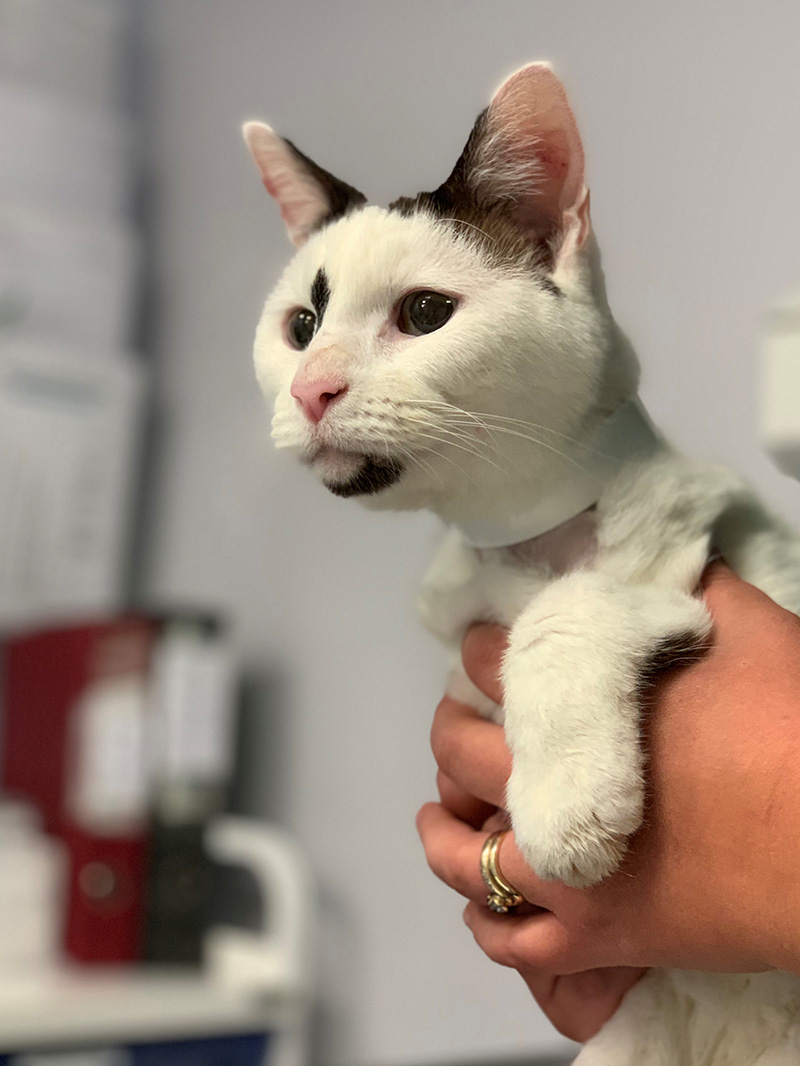
Pioneering Hypophysectomy Treatment Reaches 100 Case Milestone

Example Of A Cat Before And After Onset Of Hs Induced Changes Photo A Download Scientific Diagram

Acromegaly In A Non Diabetic Cat

Pdf Acromegaly In A Non Diabetic Cat Semantic Scholar
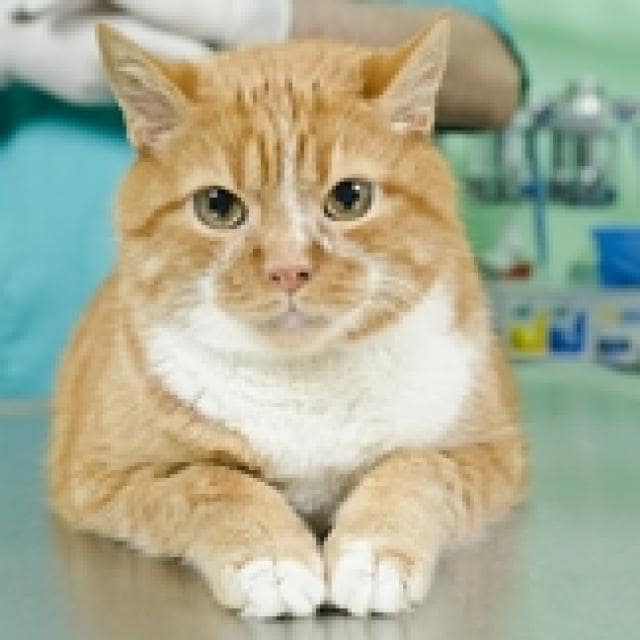
Acromegaly In Cats Rare But Probably Underdiagnosed Petmd
